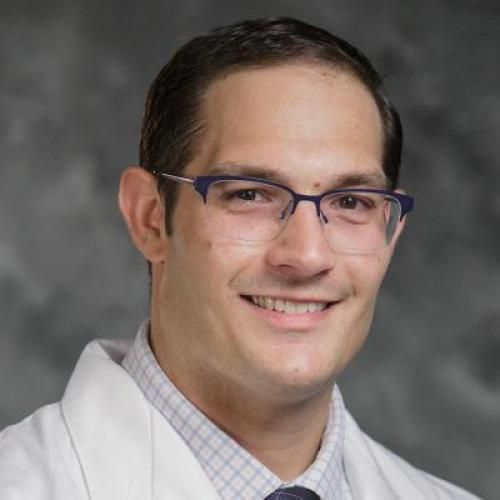Vascularized Fibula-Based Physis Transfer: A Follow-Up Study of Longitudinal Bone Growth and Complications.
BACKGROUND: The vascularized free fibula epiphyseal transfer provides an option for the preservation of limb lengthening after resection of the proximal humerus in pediatric sarcoma patients. The purpose of this study was to provide a long-term follow-up of longitudinal growth patterns and outcomes after free fibula epiphyseal transfer in upper extremity reconstruction. METHODS: A retrospective review of 4 patients who underwent free fibula epiphyseal transfer after oncologic resection of the proximal humerus for osteosarcoma was performed. Oncologic details that could affect outcomes were included in the review: primary tumor pathology, location of malignancy, and presence of recurrence. Details on the reconstruction included longitudinal growth of the flap from the time of implantation to the most recently available radiograph and postoperative complications. The length of the fibula over time was measured from the humeral head to the olecranon process. RESULTS: All patients were alive at the start of this study. The average longitudinal growth rate of the free fibula epiphyseal transfer was 0.54 ± 0.18 cm/y, and patients demonstrated satisfactory and consistent longitudinal bone growth and hypertrophy over time. All 4 patients suffered from a complication of postoperative fibula graft fracture, and 1 of 4 patients experienced unremitting peroneal nerve damage. All patients demonstrated normal wrist and hand motion with a normal arc of elbow flexion and extension. CONCLUSION: This study demonstrates that the vascularized fibula epiphyseal transfer offers the ability to preserve longitudinal limb growth and hypertrophy throughout adolescence.
Duke Scholars
Altmetric Attention Stats
Dimensions Citation Stats
Published In
DOI
ISSN
Publication Date
Volume
Issue
Start / End Page
Location
Related Subject Headings
- 3213 Paediatrics
- 3211 Oncology and carcinogenesis
- 3202 Clinical sciences
Citation
Published In
DOI
ISSN
Publication Date
Volume
Issue
Start / End Page
Location
Related Subject Headings
- 3213 Paediatrics
- 3211 Oncology and carcinogenesis
- 3202 Clinical sciences





